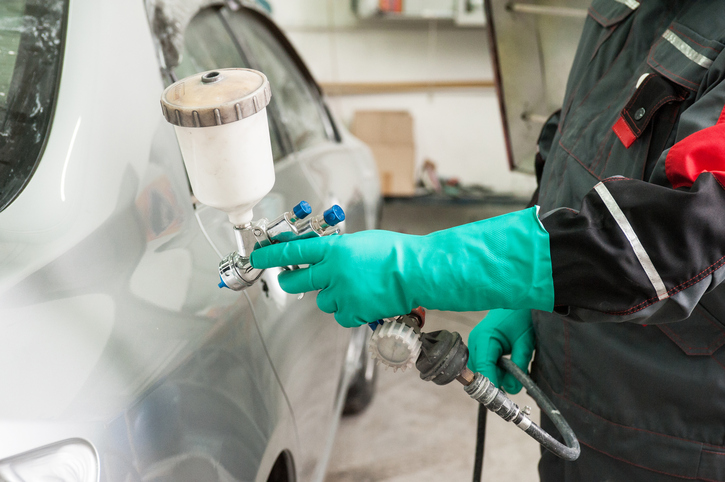
Rust is a common problem for Canadian car owners. Canada’s harsh cold and wet winters wreak havoc on vehicles as the moisture from rain and snow creep into their small crevasses and cause corrosion. As if that wasn’t bad enough, salt from icy roads can also contribute to the breakdown of a vehicle’s protective coating, allowing moisture to seep in. If you’re interested in becoming an auto body technician, you may work on more than one car with a rust problem during your career.
Luckily, there’s a fairly simple way to fix rust holes. However, it’s important to note that these steps should only be taken if the area of the rust hole does not compromise the structural integrity of the vehicle.
Are you ready to get a head start on your training? Keep reading to discover the five steps to repairing rust holes.
1. Start by Gathering Equipment and Preparing the Area
Before you begin to repair a rust hole, you need to take proper steps to prepare the car and the area you’ll be working on. That includes making sure you’re wearing appropriate safety equipment. Ensure you have eye goggles, gloves, and a respirator readily available to make sure your body doesn’t come into contact with any hazardous materials or you don’t breath in any harmful dust. Next, make sure you have a well-ventilated and open area to work in. You’ll also want to mask and section off the area to ensure you don’t damage parts of the vehicle you’re not working on.
2. Sand and Grind Away All the Rust
The next step is to begin sanding and grinding away virtually all the rust in the area. Even if the rust hasn’t created a hole yet, it’s okay if the grinding your perform creates a hole. The most important thing is to get rid of all the rust to ensure corrosion doesn’t continue. To be on the safe side, you’ll also want to sand the surrounding areas to make sure there’s absolutely no presence of rust that may not be visible to the eye. This will also help create a bare surface for when you repaint the vehicle later on.

3. Auto Body Repair Technicians Apply a Rust Treatment to Seal Away Moisture
Graduates of car body repair courses know that if an area has rusted before, it could be at risk of rusting again. In order to prevent this from happening, you should apply a rust treatment, which can be found in either a spray-on or brush-on formula. The rust treatment will help seal off the area and ensure no moisture gets in. After applying the treatment, wait the advised amount of time before moving onto the next step.
4. Install Mesh and Apply Body Filler to Patch the Rust Hole
Now that all the rust is cleared away and the area is protected from corroding in the future, it’s time to begin repairing the hole. While there are several different ways to repair a rust hole, using a metal mesh body panel is a common choice among professionals with auto body technician careers.
Start by trimming the body panel to the appropriate size for the hole. You’ll want to leave a tiny bit of room for overlap, so there’s space for the sticky back of the panel to adhere to the surface of the vehicle. The mesh panel will provide a backing for the body filler to stick to. After applying the mesh patch, follow the directions on the bottle of your auto body filler and apply it onto the mesh to create a smooth surface over the panel. Make sure to work quickly, as body filler dries fast.
5. Auto Body Repair Technicians Sand and Paint the Car’s Surface
Once the body filler has dried, and you’re happy with the outcome, you can then sand the area to create a smooth, even finish. Once the area is to your satisfaction, apply paint primer and wait for the area to dry. After that, you’ll be ready to apply a fresh coat of paint, and the car should be as good as new!

Do you want to put your love of cars to work as an auto body repair technician?
Contact Automotive Training Centres to learn more!

